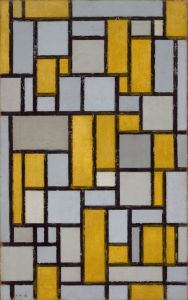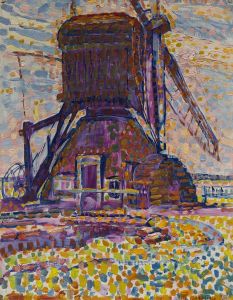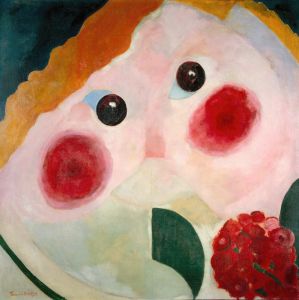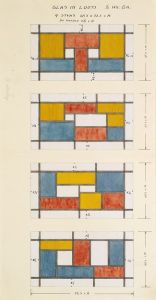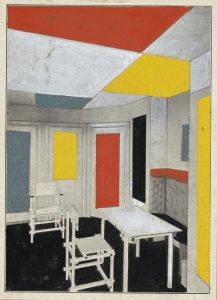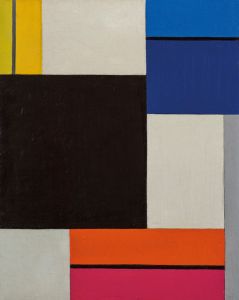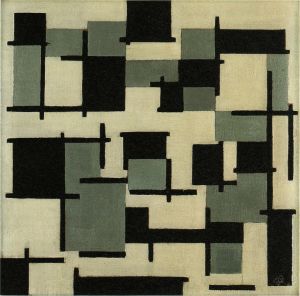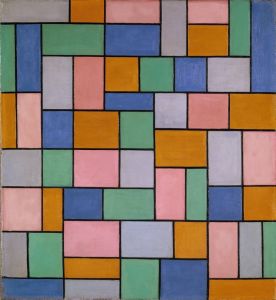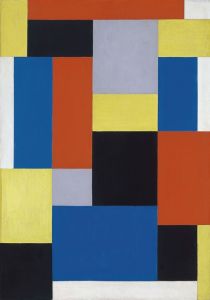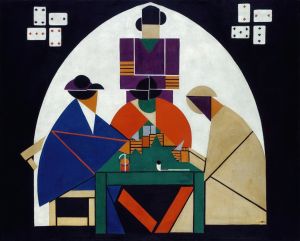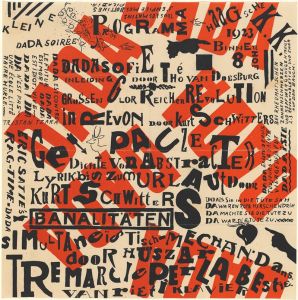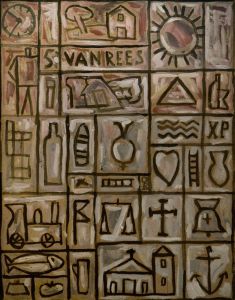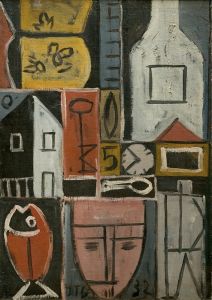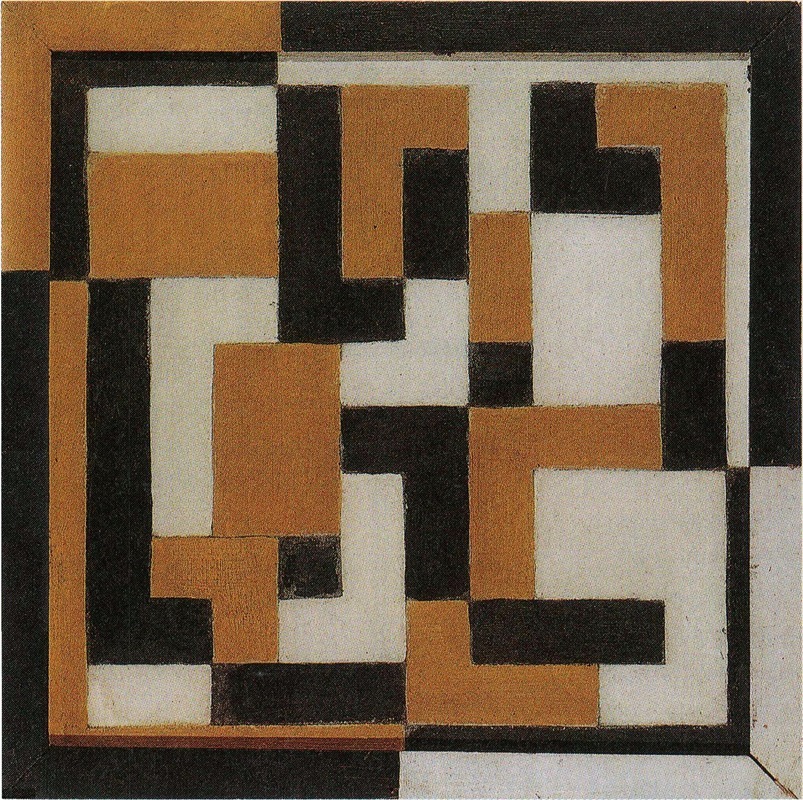
Composition
A hand-painted replica of Theo van Doesburg’s masterpiece Composition, meticulously crafted by professional artists to capture the true essence of the original. Each piece is created with museum-quality canvas and rare mineral pigments, carefully painted by experienced artists with delicate brushstrokes and rich, layered colors to perfectly recreate the texture of the original artwork. Unlike machine-printed reproductions, this hand-painted version brings the painting to life, infused with the artist’s emotions and skill in every stroke. Whether for personal collection or home decoration, it instantly elevates the artistic atmosphere of any space.
Theo van Doesburg was a pivotal figure in the De Stijl movement, which emerged in the Netherlands in the early 20th century. The movement, also known as Neoplasticism, was characterized by a strict use of geometric forms and primary colors. Van Doesburg, alongside Piet Mondrian, was one of the leading artists and theorists of this movement. His work "Composition" is a quintessential example of the De Stijl aesthetic, emphasizing simplicity and abstraction.
"Composition" by Theo van Doesburg reflects the core principles of De Stijl through its use of geometric shapes and a limited color palette. The painting typically features a grid-like structure, with rectangles and squares meticulously arranged to create a sense of harmony and balance. Van Doesburg, like his contemporaries, believed that art should aspire to a universal language, free from the constraints of representational forms. This belief is evident in the non-representational nature of "Composition."
The use of primary colors—red, blue, and yellow—alongside black, white, and gray, is a hallmark of Van Doesburg's work. These colors are applied in flat, unmodulated planes, enhancing the two-dimensionality of the canvas. The interplay of these colors within the geometric framework creates a dynamic visual rhythm, inviting viewers to engage with the painting on a purely aesthetic level.
Van Doesburg's approach to composition was influenced by his desire to integrate art with life. He believed that art should not merely imitate nature but should instead reflect the underlying order and harmony of the universe. This philosophy is evident in the precise, mathematical arrangement of forms in "Composition," which suggests a sense of order and clarity.
In addition to his work as a painter, Van Doesburg was an influential writer and theorist. He founded the journal "De Stijl" in 1917, which became the primary vehicle for disseminating the ideas of the movement. Through his writings, Van Doesburg articulated the principles of De Stijl, advocating for an art that was both universal and timeless.
"Composition" is not just a reflection of Van Doesburg's artistic ideals but also a testament to his role as a pioneer of modern abstract art. His work laid the groundwork for future developments in abstract art and design, influencing movements such as Bauhaus and Constructivism. The painting exemplifies the De Stijl movement's commitment to abstraction, simplicity, and the pursuit of a new artistic language.
In summary, Theo van Doesburg's "Composition" is a significant work within the De Stijl movement, embodying the principles of abstraction, harmony, and universality. Through its geometric forms and primary colors, the painting invites viewers to appreciate the beauty of simplicity and the power of abstraction. Van Doesburg's contributions to art and theory continue to resonate, underscoring his lasting impact on the trajectory of modern art.





